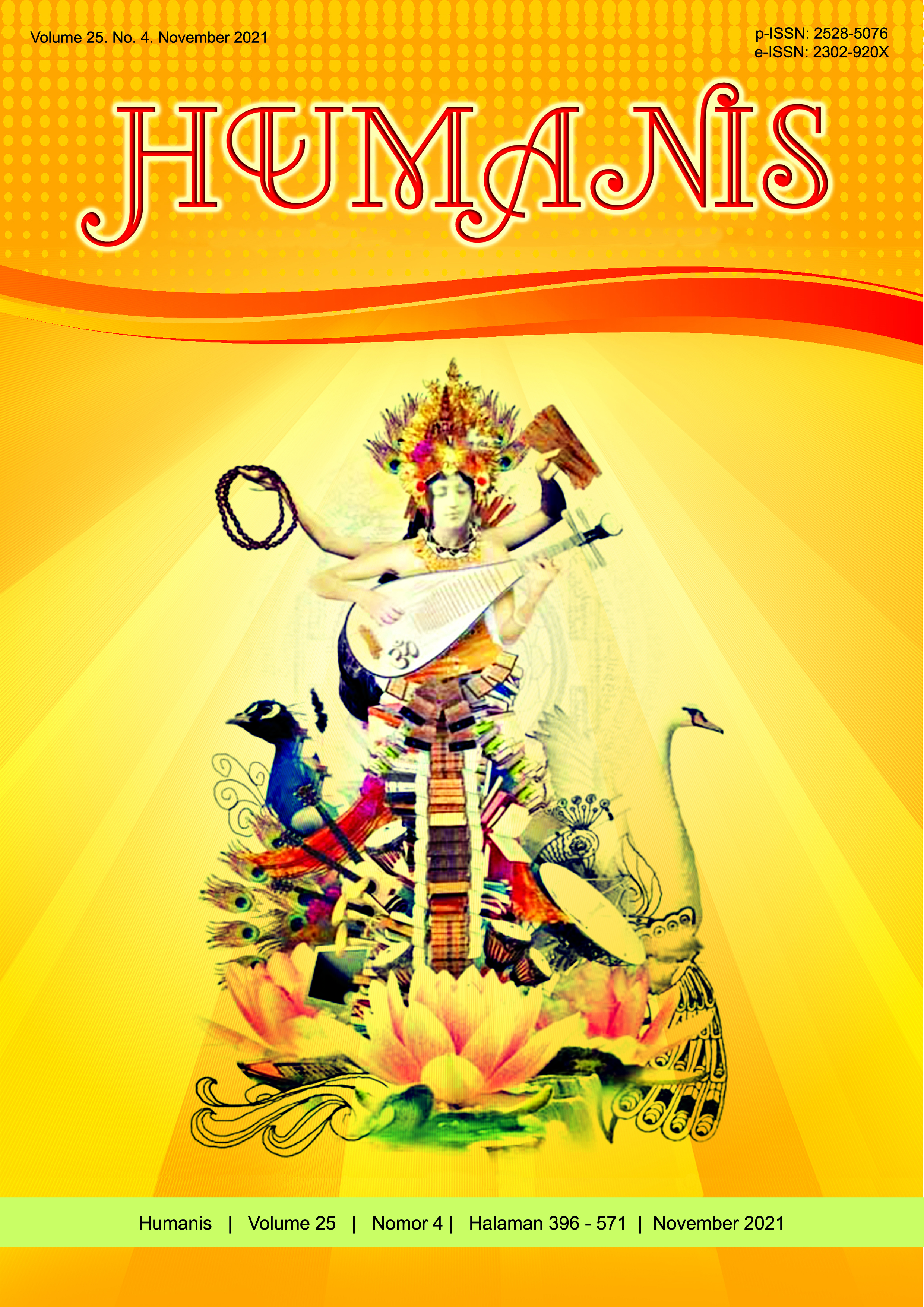A Quixotic Venture: Spanish-Philippine Poetry at the Turn of the 19th Century, or Resistance against Oblivion
Abstract
This essay explores, by means of three Philippine poems written in Spanish during the first half of the twentieth century, the claim of a Philippine cultural identity sustained in the Spanish heritage. After a short overview of the Spanish colonization in the Philippines and the presence of the Spanish language in the archipelago, I will use Paul Friedrich’s theoretical approach on poetry as a source for the study of a culture. Then I will proceed to the examination of three poems written by Philippine writers: Fernando María Guerreros’ “A Hispania” (1913), Claro Mayo Recto’s “Las dalagas Filipinas” (1911), and Jesús Balmori’s “Blasón” (undated) by means of the close reading approach. In the exploration of this claim of a Philippine cultural identity rooted in the Spanish heritage, I additionally consider the role of the United States, and take into account some initiatives that have tried to continue the study of this literature throughout the twentieth and twenty-first century. I conclude that poetry is a valuable way to analyse culture, and, for the specific case of Spanish and the Philippines, I suggest that Spanish-Philippine poetry helps know the heritage of Spanish in the archipelago
Downloads
References
Barthes, Barthes (1977). The Death of the Author. Image, Music, Text. Trans. Stephen Heath. New York: Hill. Wang: 142-148.
Bordieu, Pierre (1993). The Field of Cultural Production or the Economic World Reversed. The Field of Cultural Production: Essays on Art and Literature. Ed. Randall Johnson. Columbia University Press: 29-73.
Cervantes, Miguel de (1978). El ingenioso hidalgo Don Quijote de la Mancha. 2 vol. Madrid, Castalia.
“dalaga” (undated). Real Academia Española de la lengua. Retrieved from https://dle.rae.es/dalaga
Donoso, Isaac (2015). Ennoblece. Historia de las instituciones de la comunidad española en Filipinas. Manila, S.E.B.
Donoso, Isaac (2013). Islamic Far East: Ethnogenesis of Philippine Islam. Quezon, Universidad de Filipinas.
Donoso, Isaac and Andrea Gallo (2011). Literatura hispanofilipina actual. Madrid, Verbum.
Farolán, Edmundo (2002). Una perspectiva histórica de la poesía hispanofilipina, El tintero de tonos. Retrieved from https://www.um.es/tonosdigital/znum7/tintero/hispanofilip.htm
Flores, R. M. (1970). Sancho’s Fabrications: A Mirror of the Development of His Imagination. Hispanic Review 38.2: 174-182.
Friedrich, Paul (1996). The Culture in Poetry and the Poetry in Culture. Culture/Contexture. Explorations in Anthropology and Literary Studies. Eds. E.V. Daniel and Jeffrey Peck, Berkeley: University of California Press: 37-57.
Gómez Rivera, Guillermo. En defensa del español en Filipinas. Viajar en Filipinas, (original letter dated on 2009 and republished in 22 June, 2012). Retrieved from https://viajarfilipinas.wordpress.com/2012/06/22/en-defensa-del-espanol-en-filipinas/
González Pola, Manuel (1992). Evangelización de los Dominicos en Filipinas en los siglos XVI y XVII. Cuadernos de misionología 6: 1-50.
Juliá, Mercedes (1993). Ficción y realidad en Don Quijote (Los episodios de la cueva de Montesinos y el caballo Clavileño). Actas del Tercer Coloquio Internacional de la Asociación de Cervantistas. Alcalá de Henares: 275-279.
Lifshey, Adam (2011). Allegory and Archipelago: Jesus Balmori's Los pájaros de fuego and the Global Vantages of Filipino Literature in Spanish. Kritika Kultura 17: 5-22. Retrieved from https://journals.ateneo.edu/ojs/index.php/kk/article/view/KK2011.01701/1443
Lipski, John (1986-87). Contemporary Philippine Spanish: Comments on Vestigial Usage. Philippine Journal of Linguistics 17.2-18.1: 37-48.
Ortuño Casanova, Rocío (2014). La representación de España en la poesía filipina en castellano de la época de ocupación americana: idealización, exotización y diferenciación. Transmodernity: Journal of Peripheral Cultural Production of the Luso-Hispanic World 4.1: 154-167. Retrieved from http://www.cervantesvirtual.com/obra/la-representacion-de-espana-en-la-poesia-filipina-en-castellano-de-la-epoca-de-ocupacion--americana-idealizacion-exotizacion-y-diferenciacion/
Pharies, David A. (2008). Breve historia de la lengua española. Chicago and London: The University of Chicago Press.
Quilis, Antonio (2003). Historia externa del español en Asia. Romanische Sprachgeschichte: ein internationals Handbuch zur Geschichte der romanischen Sprachen 1: 1060-1069.
Quilis, Antonio (1992). Los estudios sobre la lengua española en Filipinas. Scripta philologica: in honorem Juan M. Lope Blanch, a los cuarenta años de docencia en la UNAM y a los 65 años de su vida: 661-672.
Rafael, Vicente J. (1999). Translation and Revenge: Castilian and the Origins of Nationalism in the Philippines. The Places of History: Regionalism Revisited in Latin America. D. Sommer (Ed.): 214-235.
Revista filipina. Retrieved from https://revista.carayanpress.com/
Richmond Ellis, Robert (2012). They Need Nothing: Hispanic–Asian Encounters of the Colonial Period. Toronto, Buffalo, London: University of Toronto Press.
Rodao, Florentino (1997). Spanish Language in the Philippines: 1900-1940. Philippine Studies 45.1: 94-107.
Salvetti, Francisco (2019). Literary Modernism in Latin America. 23 Nov. 2019. Retrieved from https://franciscosalvetti.com/literary-modernism-latin-america
Shank, Burguess (1903). Education in the Philippines: A Reply. Gunton’s Magazine (1898–1904): 406.
Vadillo, Juan (2013). El delirio frente a la razón en el Quijote. Acta Poética 34.2: 103-126. Retrieved from https://www.sciencedirect.com/science/article/pii/S0185308213724052
Veloso, Alfredo (1960). Anguish, Fulness, Nirvana: A Collection of Famous Poems in Spanish Written by Filipino Writers, and Corresponding Translations into English. Trans. and Ed. Alfredo Veloso. Quezon City: Asvel Publishing Co.
Wilson, Woodrow (1908). Constitutional Government in the United States. New Jersey: Columbia University Press.
Zamora Vicente, Alonso (1967). Dialectología hispánica. Madrid: Gredos.


















